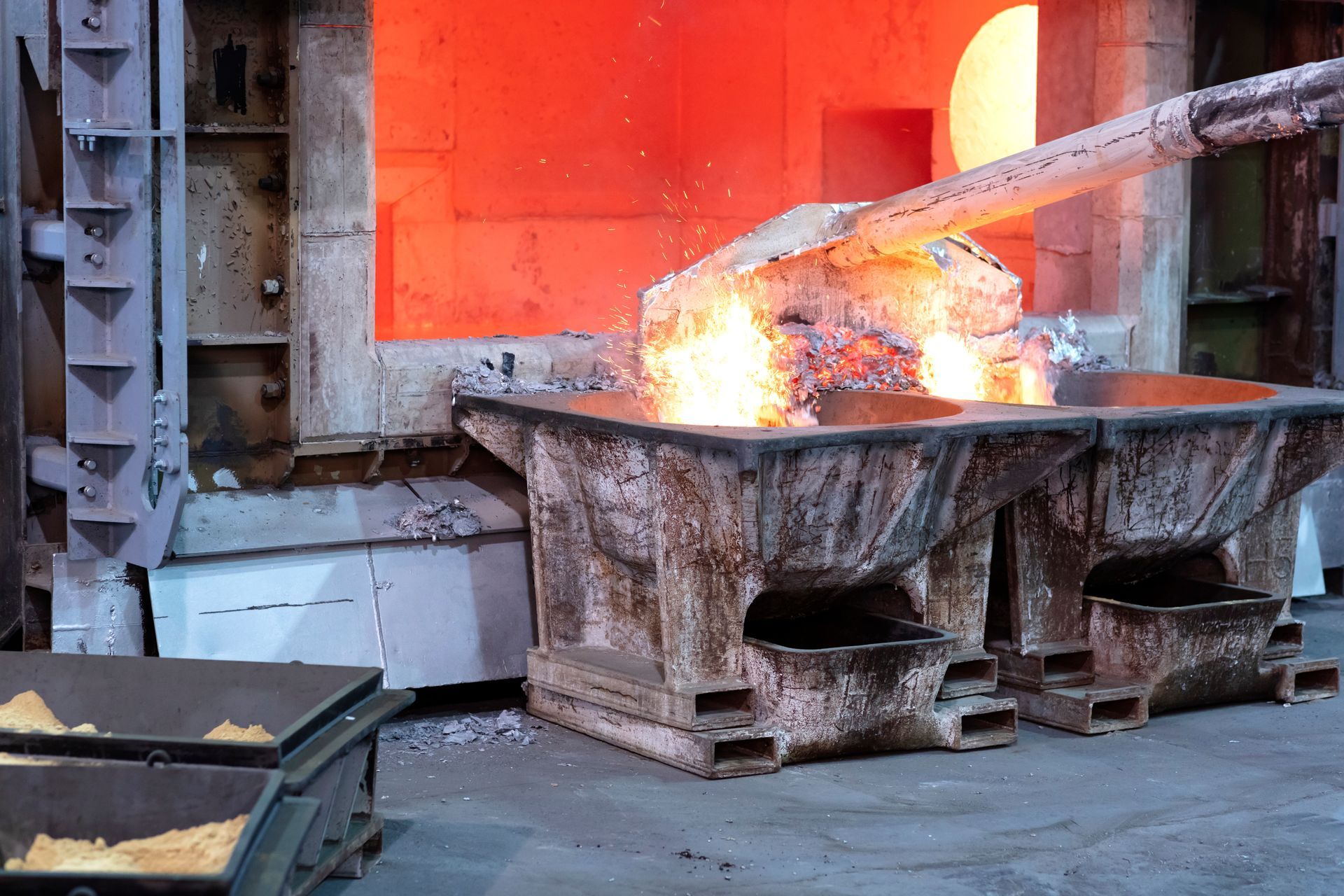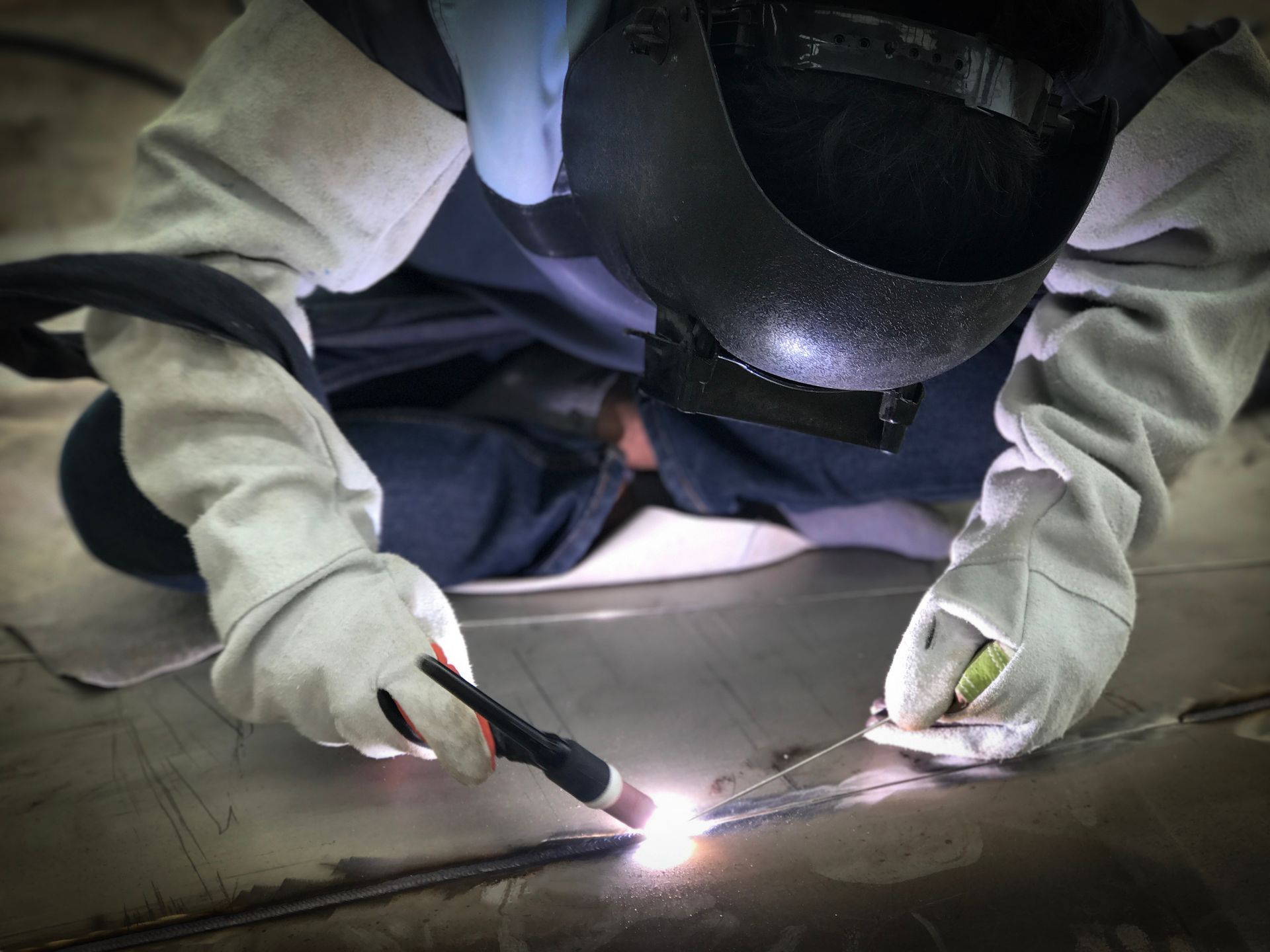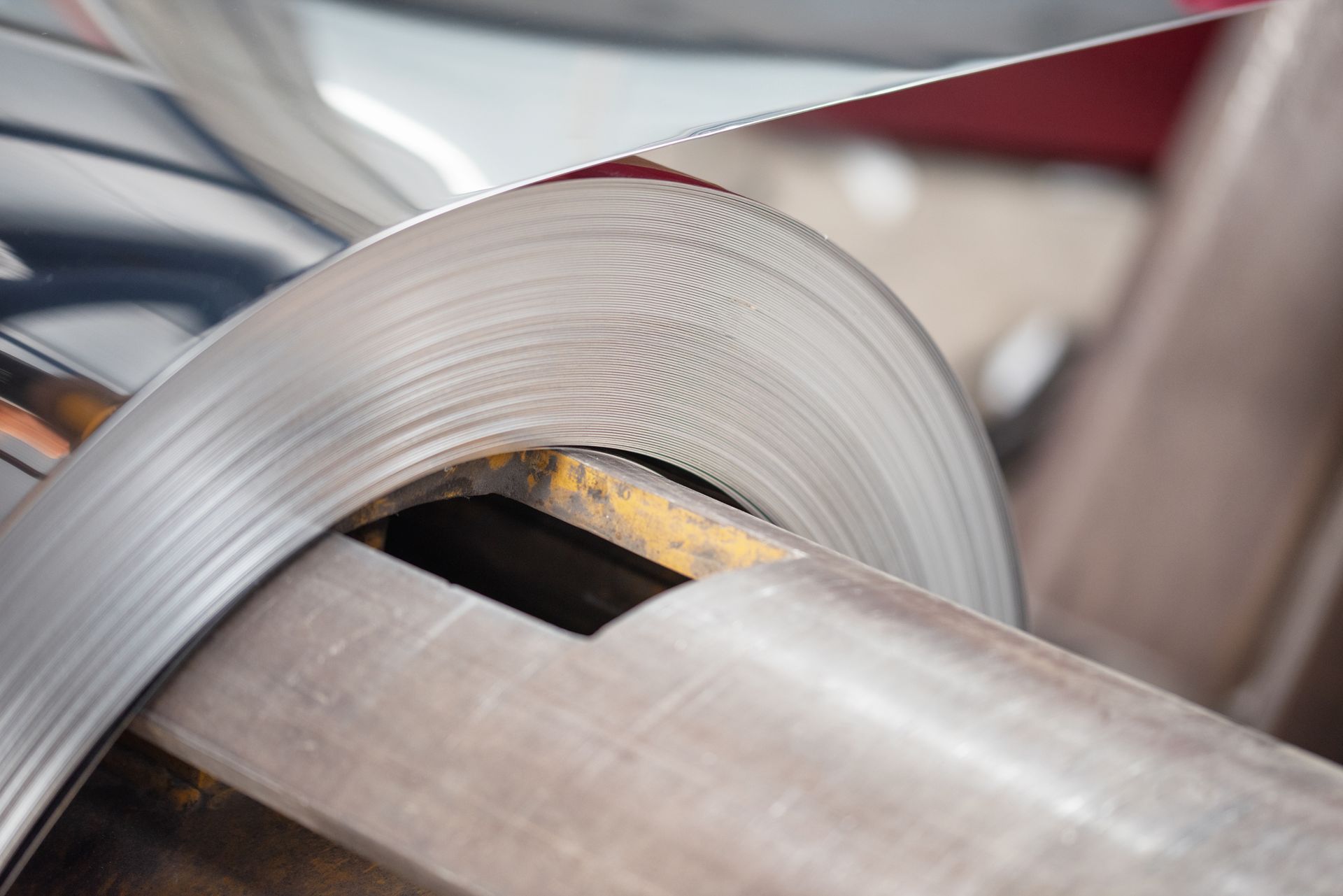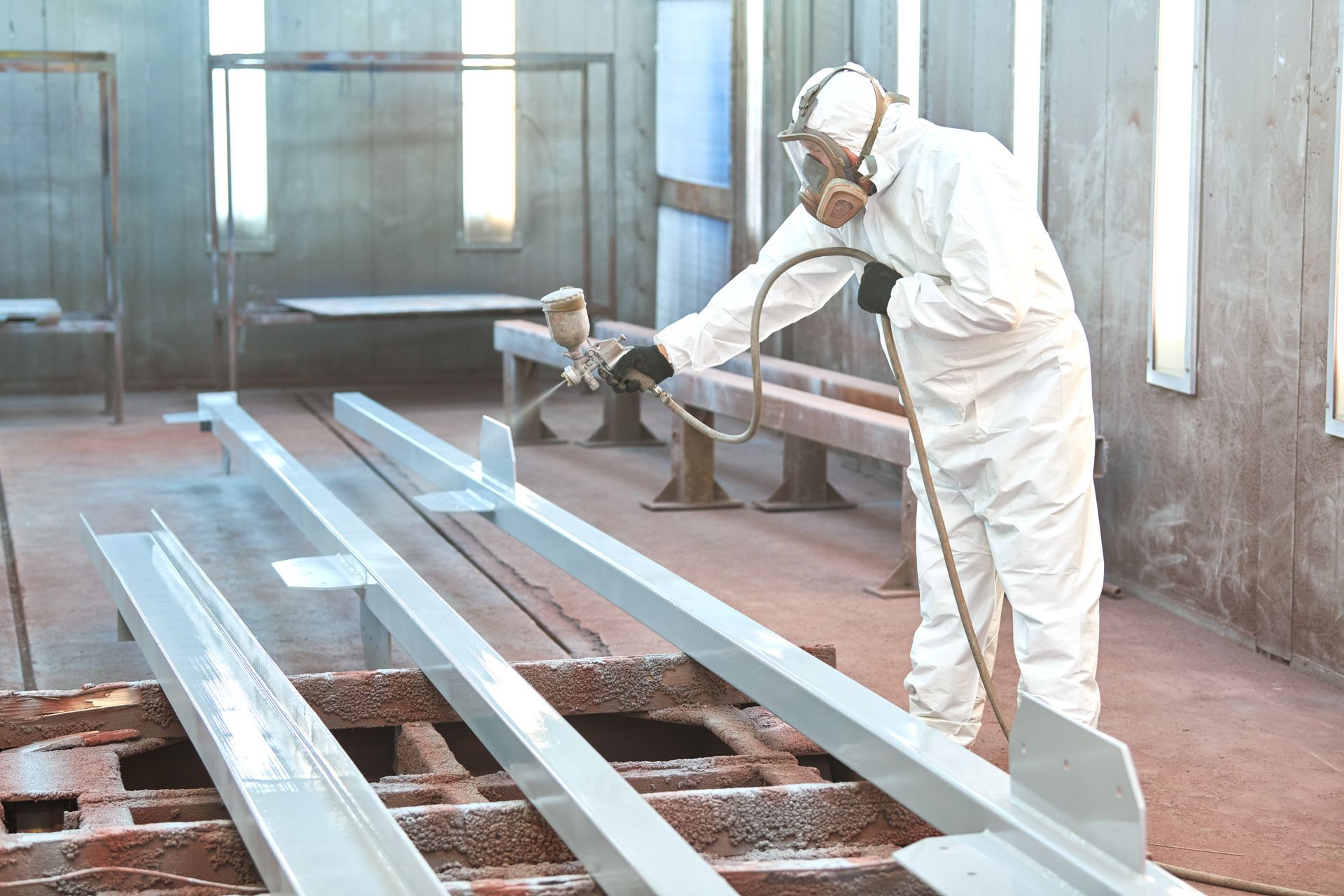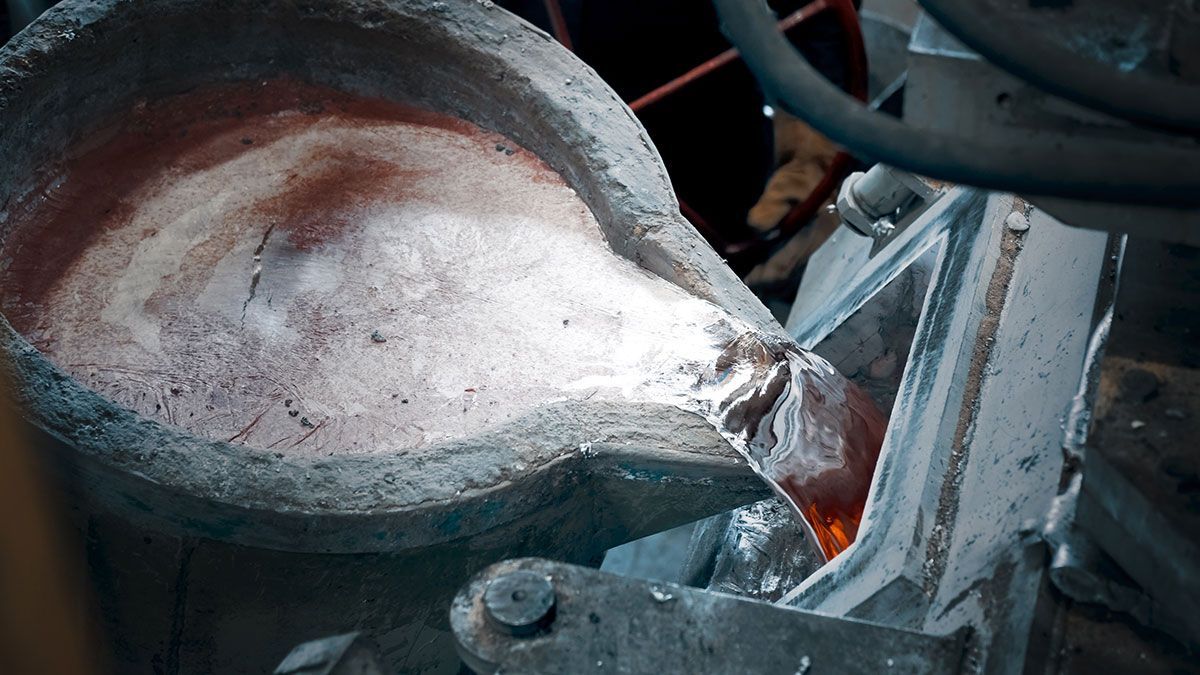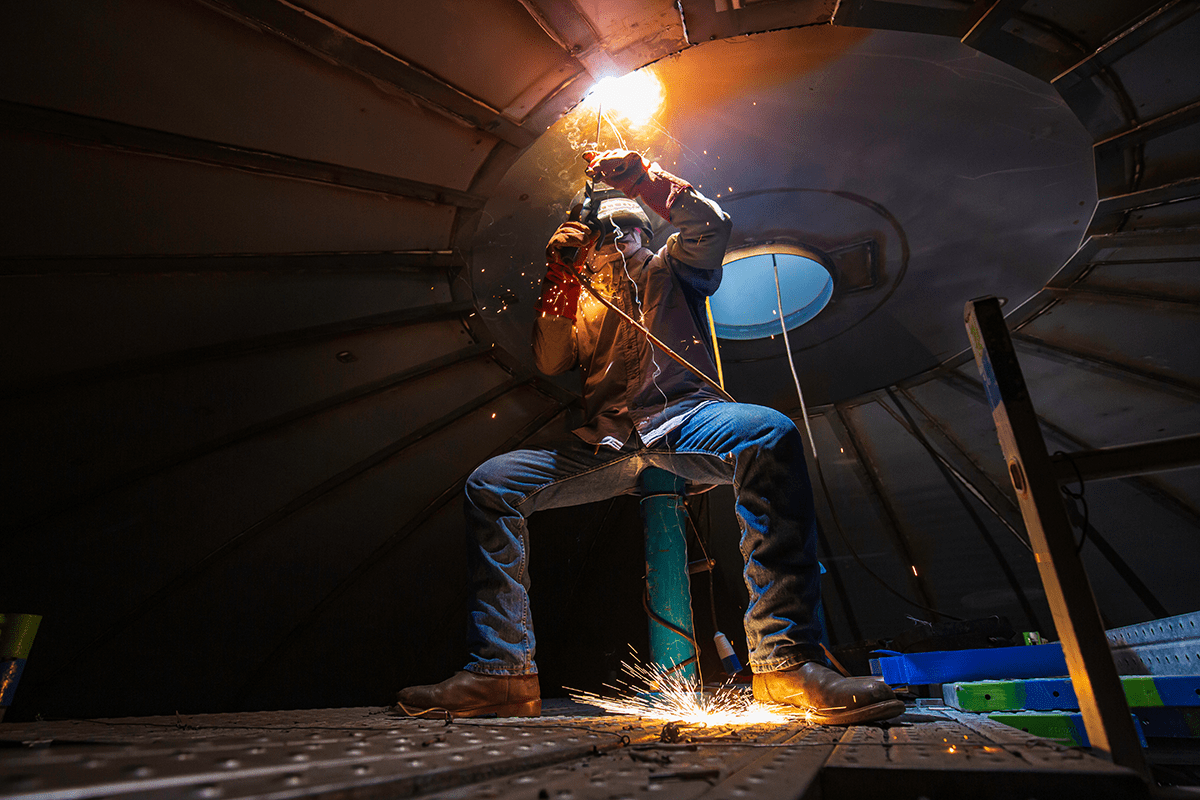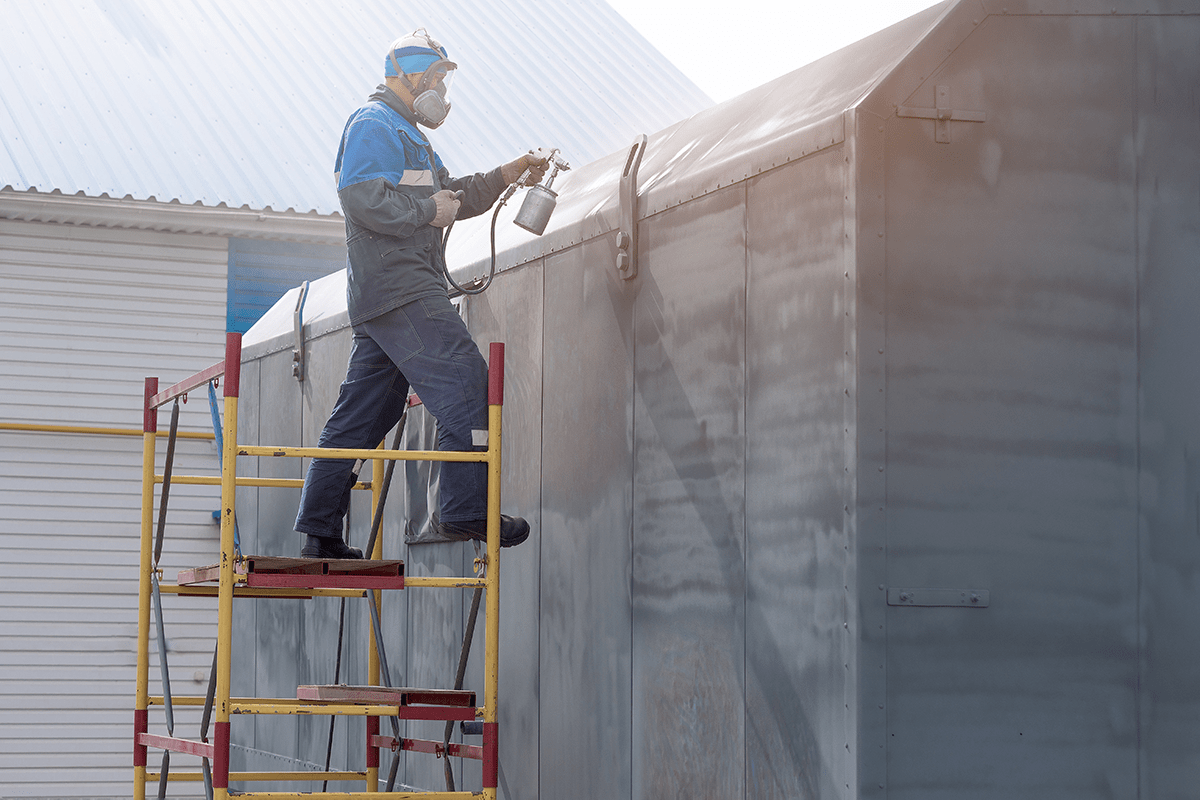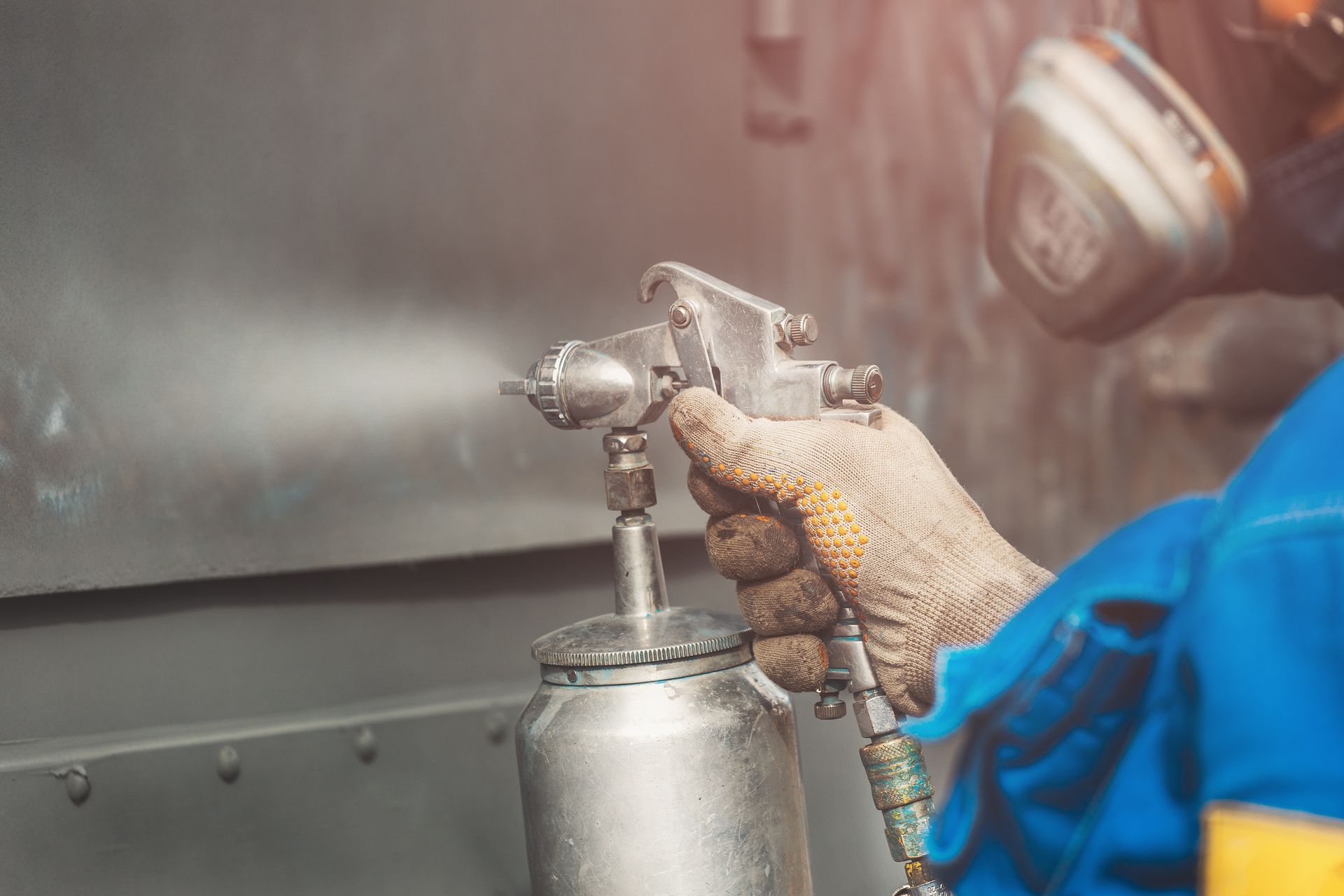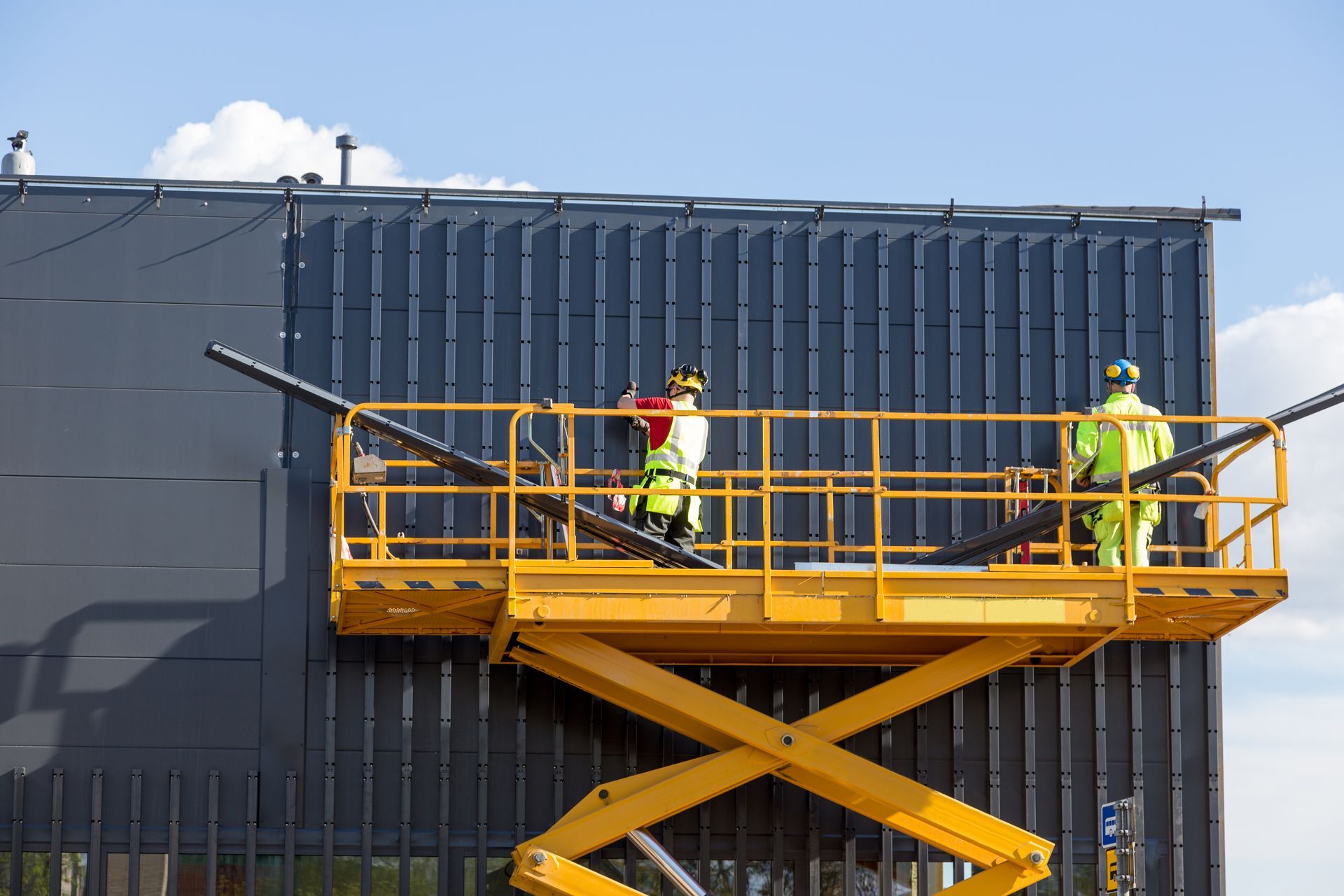How To Optimise Your Custom Metal Fabrication Design
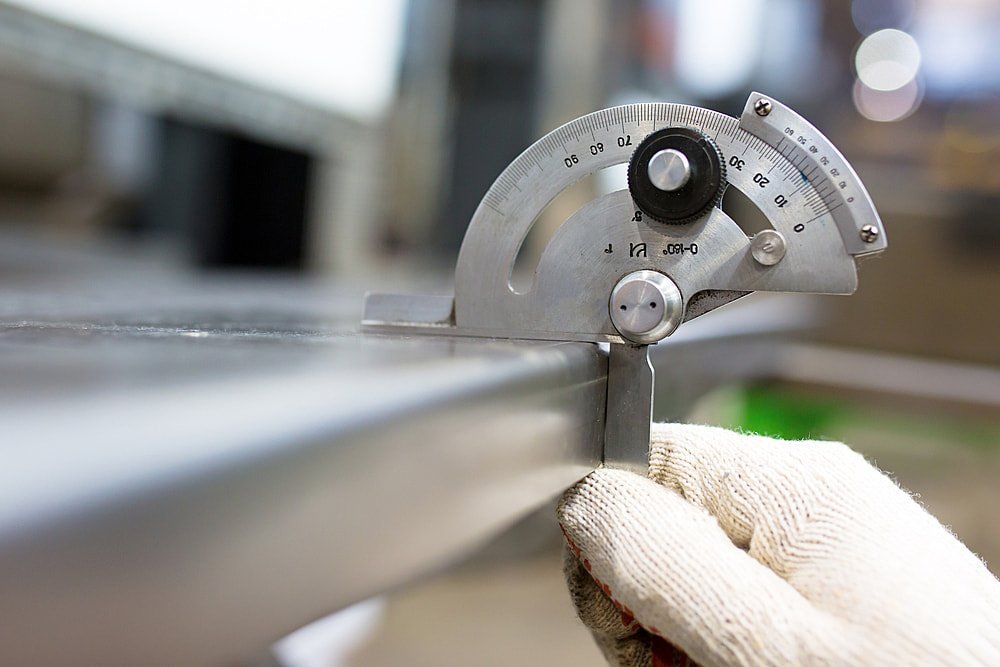
Metal fabrication refers to the manufacturing process in which metal is shaped into various components or end products. It can be used to produce final products in masses as well as multiple customised fabricated metal products. The latter generally includes designing and fabricating customised metal elements to meet exclusive requirements or needs.
If you're looking to to design your own custom metal fabrication, we show you how to optimise it further for better overall results.
Why Is Custom Metal Fabrication Important?
There are good reasons to consider custom metal fabrication in Malaysia. Here's why custom metal fabrications provide benefits in the long run:
Resourceful
Various projects can only be completed via custom metal fabrication, as this process allows the creation of metal parts in different sizes, shapes, and configurations – which are not readily available on the market. For instance, unique hinges for custom doors are not available for off-the-shelf purchase and require custom manufacturing.
Time and Cost-Efficient
In any project, custom metal fabrication saves time, effort, energy, and money in several ways. This process shortens the time spent on sourcing and identifying the right pieces of metal for a project and eliminates unnecessary spending-wastage on inaccurate measurements. It also prevents mistakes that would require future alterations. Custom metal fabrication tailors the end product to meet your exact demands and requirements.
Enhanced Strength and Long-Lasting
Parts or elements of a product that are exclusively designed and manufactured to meet the exact needs of a project can endure longer than parts or components that are not. Hence, custom metal fabrication grants a longer life span for the end product.
Exclusivity and Innovation
Custom metal fabrication is a process that mandates creativity and innovation to produce an exclusive, unique end product. What makes it even more exciting is that – this process allows for any out-of-the-ordinary design idea to be brought to life with no limitations!
Accurate Precision and High Quality
A complex end product with accurate precision and a high-quality level is undoubtedly achievable through custom metal fabrication. Tight tolerances and precise measurements are necessary for custom metal fabrication, often attained by skilled and experienced fabricators for delicate and complicated projects.
How To Optimise
Choose A Suitable Metal
In order to gain the benefits of custom metal fabrication, your first step is to consider the materials required to make it. Custom metal fabricators work with various industries on a diverse range of applications using several types of metal. Which is why you must ensure the type of metal you pick for your project is one that is the most suitable. The metal's suitability for custom fabrication depends on the following properties of the metal:
- strength
- flexibility
- conductivity
- resistance to corrosion
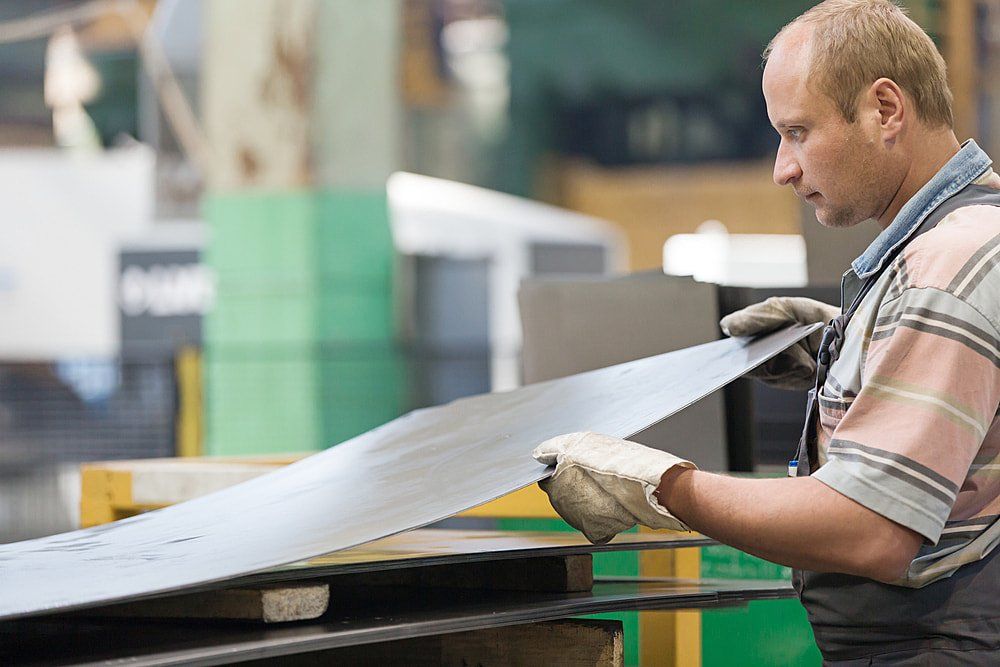
Common Metals Used in Metal Fabrication
Pipe & Tube
Pipes come in round shapes and are pressure rated. This metal is used to transfer fluids or gas.
Tubes, on the other hand, can come in either round, rectangular, or square shapes. They are utilised in structural applications and are available in stainless steel, carbon steel, aluminium, and other materials of multiple grades.
Flat Metals
Flat metals are prefabricated raw substances that come in different levels of thickness though the pieces are often relatively thin. They also come in several types: sheet metal, leaf metal, and plate metal. These metals can be used for multiple projects – from manufacturing home appliances to building defense weapons for the military.
Bar Stock
This type of metal comes in several solid shapes like square, rectangular and round and is available in stainless steel, carbon steel, aluminium, and other materials in different grades. Bar stocks can be bent, machined, rolled, and cut to various lengths for multiple usages.
Structural Metals
Structural metals are any prefabricated pieces of metals that are exclusively designed for standardised assembly. This type of metal is a key component in the engineering and construction industries. Some common examples are beams, bars, channels and angles.
Carbon Steel
This is the most used metal type by fabricators. Carbon steels are widely used for industrial purposes. Since it is the most versatile metal in comparison, carbon steel can be used for an extensive range of fabrication – from machines to manufacturing parts for construction.
Carbon steel is convenient to work with and is well-known for its sturdiness and strength. This metal can resist harsh conditions of the industrial atmosphere, and it comes in various stock sizes and differing levels of thickness.
Stainless Steel
This type of metal stands out from the rest due to its polished steel alloy and silver mirror-coating. Stainless steel is made of aluminium, carbon steel and chromium, which do not rust when air exposure. Relatively convenient to work with, this metal is highly recommended for welding. Stainless steel is commonly used in the fabrication of products that need to be corrosion resistant.
Aluminium
Aluminium is light, an essential feature for metals used in industries that work on projects that cannot manage the weight, like the aerospace or automotive industry. Aluminium is highly used in such industries as it's lightweight, long-lasting, and can withstand heat.
Keep It Simple
It's important to keep your design simple. To further optimise the custom metal fabrication, eliminate redundant features that do not add value to your project. For instance, if you have calculated and measured that just two screws would secure the parts or components of your project, anything more than two screws is an unnecessary cost.
You can also reconsider the exterior features of your project – are they just for aesthetics, or do they serve a purpose? Avoid overly detailed elements.
Prototype Before Production
Now that you've understood the properties of each metal and the importance of keeping your concept design simple, you can decide the best type of metal for your design to highly optimise the custom metal fabrication and plan your budget and costing accordingly.
Moving on to the next step, you will have to manifest your idea concept in a prototype with skilled fabricators.
Prototypes eliminate the guesswork in production, as they represent a physical or a mock form of your design concept. You can test your project's performance through a prototype, which allows you to identify any flaws or corrections you need to work on before manufacturing the final product.
Avoiding this crucial step to save yourself from the cost is not a smart move – you might be losing more significant sums of money if you mass-manufacture products that must be rectified and do not serve their purpose efficiently.
Looking for the best custom metal fabricator in Malaysia? Choose Choong Ngai Engineering!
Simplifying or optimising your design can be difficult if you're unsure of the fabrication process, as it involves many processes like cutting, stamping, welding, and more. Not to mention the multiple techniques and methods involved in custom metal fabrication that you must consider for maximum optimisation. By implementing a minor change, you can significantly simplify and optimise the overall process of custom metal fabrication. However, you will need the guidance and advice of professional and skilled fabricators to move through this process in the most efficient and cost-saving manner.
We at Choong Ngai Engineering strongly believe in delivering the best quality services to our clients. Contact us today for a free quote or reach out at +6012-2726971 to set up a meeting with our professionals.
